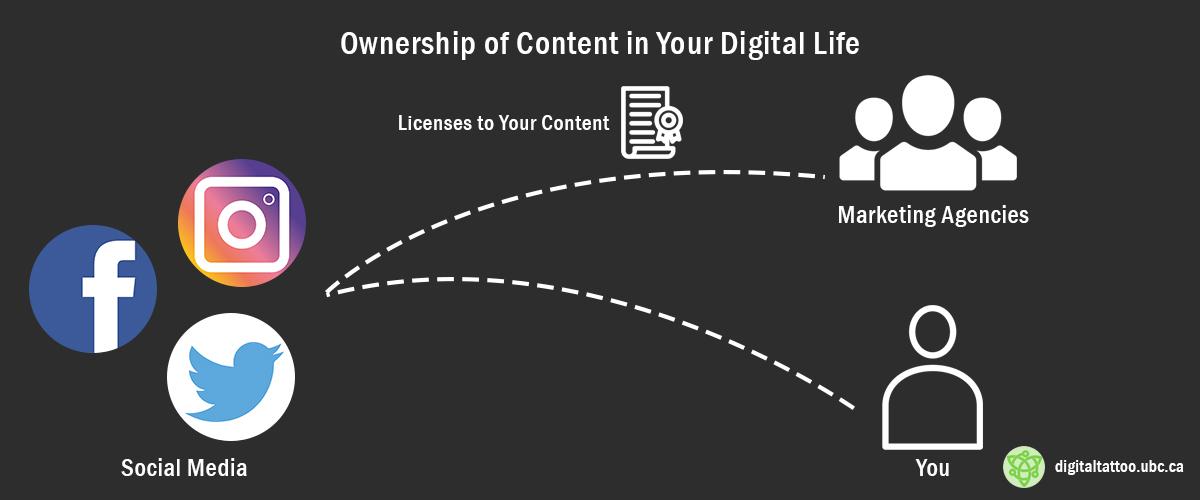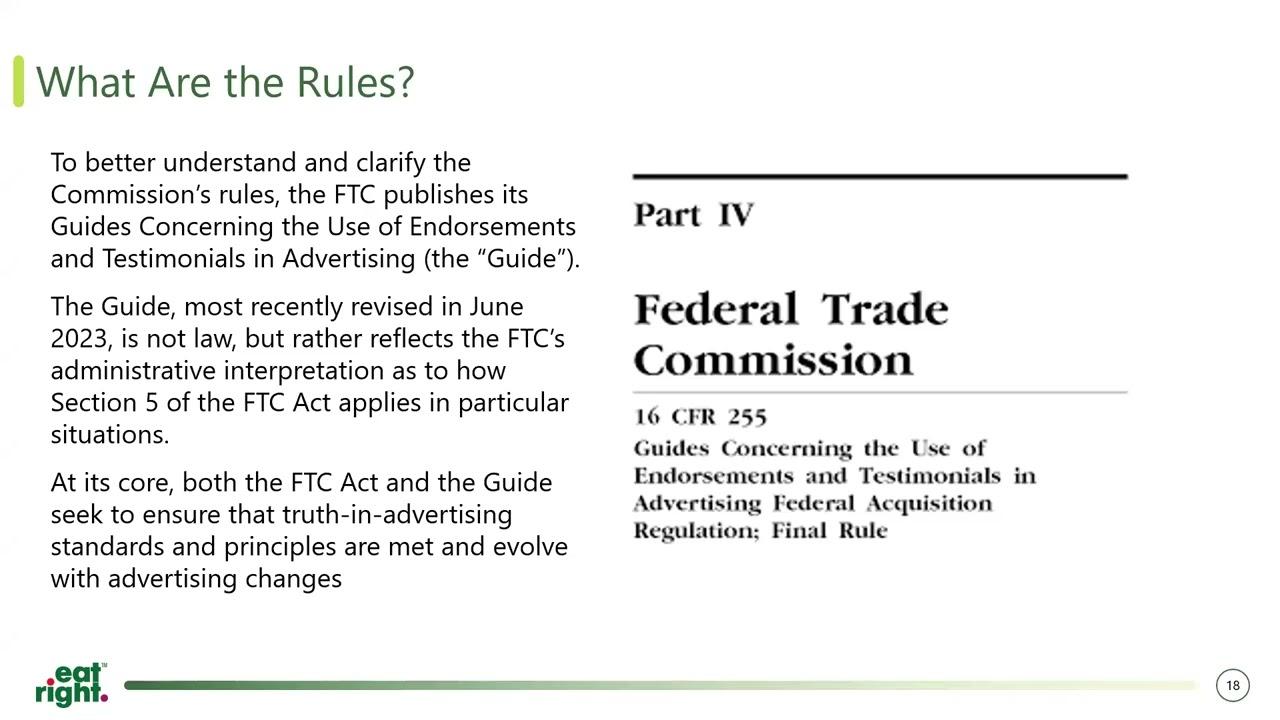
In the vibrant world of digital marketing,YouTube influencers have emerged as powerful catalysts for brand growth and consumer engagement. With their ability to captivate millions through relatable content, these online personalities have transformed the marketing landscape, offering brands a unique avenue to reach their target audiences.Though, as this dynamic ecosystem flourishes, so too does the complexity of navigating the legalities that underpin influencer collaborations. From disclosure regulations to contract negotiations, understanding the legal framework is essential for both influencers and brands alike to ensure compliance and safeguard their interests. In this article, we will delve into the intricacies of YouTube influencer marketing, uncovering the legal insights that can help stakeholders navigate this expansive territory with confidence and clarity. Whether you are a seasoned marketer, an aspiring influencer, or a curious observer, join us as we explore the intersection of creativity and law in the ever-evolving realm of YouTube.
Understanding Disclosure Requirements for Influencers
In the realm of influencer marketing, especially on platforms like YouTube, transparency is paramount. It’s essential for influencers to understand the legal obligations that accompany promotional content. The Federal Trade Commission (FTC) requires that any material connection between an influencer and a brand—such as payment, free products, or sponsorship—must be disclosed clearly and conspicuously.This means influencers should effectively communicate their relationships with brands to their audience, ensuring transparency and trust.
When crafting disclosures, influencers can use a variety of methods to inform their viewers. Here are some effective strategies:
- Verbal Disclosure: Mentioning the partnership during the video.
- On-Screen Text: Display a message on the screen indicating the sponsorship.
- Video Description: Including disclosure in the description box of the video.
To provide clarity, here’s a simple comparison that highlights effective disclosure practices:
| Disclosure Method | Effectiveness |
|---|---|
| Verbal Disclosure | High – Easily heard by viewers |
| On-Screen Text | Medium – visible but can be missed |
| Video Description | Medium – Accessible but requires scrolling |

Evaluating Content Ownership and Copyright Issues
When engaging with influencers for marketing campaigns, it’s crucial to understand the nuances of content ownership and copyright. Typically, content created by influencers, including videos, images, and other media, is protected by copyright law automatically as soon as it is indeed created. This means that the influencer holds the rights to their work, unless there is a writen agreement stating or else. Brands must ensure that they obtain the necessary permissions to use an influencer’s content, which is usually achieved through licensing agreements or collaborative contracts that outline the terms of use and any potential compensation.
Moreover, any user-generated content can also raise complexities surrounding copyright. It’s imperative for brands to communicate clearly with influencers on how their content will be used, especially in promotional materials.Here are key considerations to keep in mind:
- Attribution: Always credit the creator appropriately when using their content.
- Permissions: Obtain explicit rights to repurpose or modify the influencer’s work.
- Exclusivity: Determine if the collaboration includes exclusive rights and what that entails.
| Type of Content | Typical Ownership | Licensing Note |
|---|---|---|
| Videos | Influencer | Usage should be specified in the contract |
| Images | Influencer | Must obtain rights for commercial use |
| Live streams | Influencer | Check platform policies and user agreements |

mitigating Risks Through Proper Contracts and Agreements
In the fast-paced realm of YouTube influencer marketing, ensuring a solid foundation through contracts and agreements is essential for mitigating potential risks. Properly structured contracts serve as a safeguard against misunderstandings and disputes, clearly outlining the expectations and responsibilities of each party involved. Key elements to consider when drafting these documents include:
- Scope of Work: Clearly define the influencer’s deliverables, timelines, and platforms where content will be published.
- Compensation Structure: Specify how, when, and in what form the influencer will be compensated for their services.
- Intellectual Property Rights: Address ownership of the content created, including usage rights and any restrictions on reposting or reproducing the material.
- Confidentiality Clauses: Protect sensitive information shared during the partnership to avoid leaks or misuse.
Additionally, having well-crafted contracts allows both parties to effectively manage expectations and minimize misunderstandings.to further strengthen these agreements, it’s beneficial to incorporate performance metrics and clearly define terms for terminating the partnership if necessary. consider this simple table for speedy reference on contract components:
| Contract Component | Description |
|---|---|
| Deliverables | Detailed description of content to be created. |
| Payment Terms | Outline of compensation and payment schedules. |
| Rights Management | Clarification on ownership and usage rights for created content. |
| Termination Conditions | Criteria under which the contract can be terminated. |

Navigating FTC Guidelines: Best Practices for Compliance
Understanding and adhering to FTC guidelines is essential for any influencer on YouTube looking to maintain credibility while avoiding legal pitfalls. Compliance starts with transparency. Clear disclosure is key when promoting products or services. Use phrases like “Sponsored,” “Paid Partnership,” or “Ad” prominently in your video titles and descriptions. Consider using social media tags such as #ad or #sponsored within the video itself to ensure viewers recognize the promotional nature of the content.Moreover, influencer marketers should regularly educate themselves on updates to these guidelines, as the regulatory landscape continues to evolve. Best practices include maintaining open interaction with brands regarding the terms of your partnerships and understanding your obligations as a content creator. to help visualize these concepts, consider the following table that outlines critical compliance elements:
| compliance Element | Description |
|---|---|
| Disclosure | use clear terms like ‘Sponsored’ to indicate paid content. |
| Placement | Ensure disclosures are visible and understandable before the content starts. |
| Consistency | Apply disclosures uniformly across all platforms and content types. |
Wrapping Up
In the dynamic realm of YouTube influencer marketing,where creativity meets commerce,understanding the legal landscape is paramount. As we’ve explored, navigating the intricate web of regulations, contracts, and ethical considerations is not just a necessity but a strategic advantage for brands and influencers alike. By equipping yourself with the insights we’ve revealed, you can foster authentic partnerships that not only resonate with audiences but also adhere to legal standards.As the digital landscape continues to evolve, staying informed will empower you to sail smoothly through challenges and seize opportunities in the ever-expanding world of influencer marketing. Embrace the journey, and let the power of informed collaboration lead you to success in your next campaign.